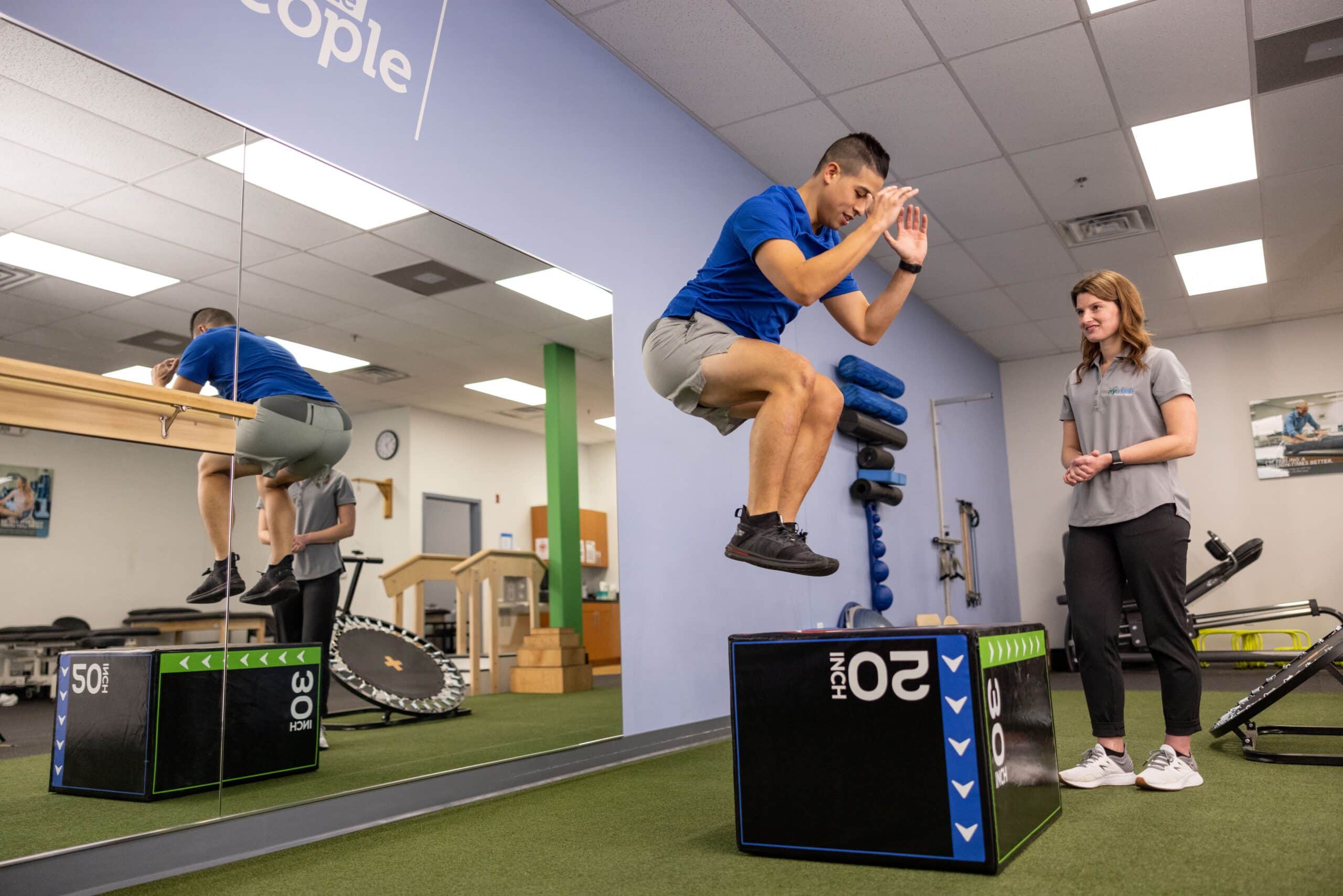Understanding How Sudden Injuries Transform Sporting Performance Mechanics
Wiki Article
Acute traumas are unexpected harm that can occur during sports or physical activities. These injuries can greatly affect an athletic ability and overall wellbeing. Common instances of sudden injuries include sprains, breaks, and pulls. They occur quickly and frequently arise from accidents, such as falls, crashes, or incorrect actions. Understanding how these injuries influence athletic capabilities dynamics is important for athletes, trainers, and healthcare professionals who interact with them.
When an sportsman experiences an acute injury, the prompt effects can be quite significant. Pain and swelling are frequent indicators that can limit movement and function. For example, a hoops player who twists an joint may find it painful to move or jog. This limitation can lead to a decrease in ability, as players may find it hard to compete at their typical capability. Additionally, the psychological effects of an incident can also play a factor. Athletes might feel anxious or apprehensive about returning to their activity, which can further impact their performance.
Rehabilitation from an sudden injury involves several phases, including recovery, rehabilitation, and gradual return to activity. The initial emphasis is usually on controlling discomfort and inflammation. Health professionals may recommend ice, compression, and elevation to help with healing. Once the initial stage has ended, therapeutic activities become crucial. These activities help regain strength, flexibility, and range of motion. Athletes need to follow a structured recovery plan to ensure they return to their sport safely and efficiently.
The lasting effects of sudden traumas can differ. Some athletes may heal fully and come back to their former ability levels, while some may face ongoing challenges. Ongoing pain or weakness can develop if an injury is not properly treated. This circumstance can lead to a pattern of recurring injuries or explanation compensatory injuries in other parts of the body. It is essential for athletes to be patient during the recovery process and to work closely with healthcare providers to address any lingering issues.
In conclusion, acute injuries can dramatically alter how players compete in their activities. The prompt physical and psychological effects can hinder performance and confidence. Recovery involves careful management and rehabilitation to ensure that athletes can safely return to their activities. Understanding the dynamics of acute traumas can help all involved involved in athletics—from players to trainers to healthcare professionals—assist those affected and promote a safe return to athletic performance.
